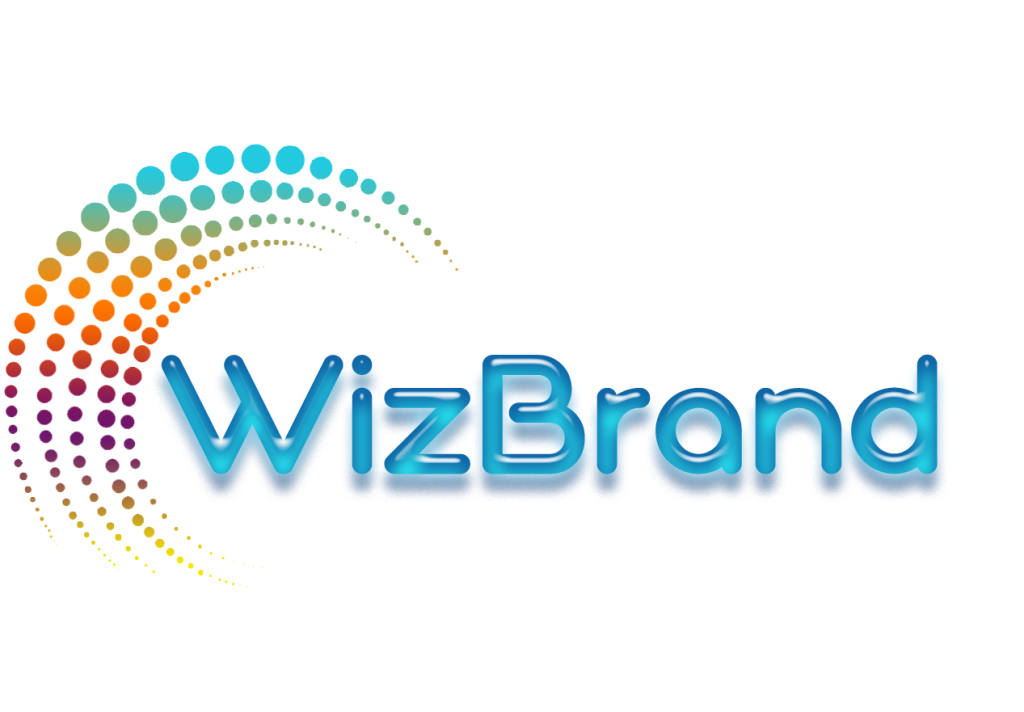Upgrade & Secure Your Future with DevOps, SRE, DevSecOps, MLOps!
We spend hours scrolling social media and waste money on things we forget, but won’t spend 30 minutes a day earning certifications that can change our lives.
Master in DevOps, SRE, DevSecOps & MLOps by DevOps School!
Learn from Guru Rajesh Kumar and double your salary in just one year.

In today’s digital landscape, businesses face the challenge of managing an ever-growing volume of digital assets. Whether it’s photos, videos, documents, or other types of media, effectively managing these resources is crucial for optimizing workflows and ensuring content accessibility. Traditional file storage systems often fall short when it comes to organizing and retrieving these assets efficiently. This is where metadata in Digital Asset Management (DAM) solutions, such as Wizbrand, becomes indispensable. Metadata is the backbone that enables smarter searches, more accurate asset tracking, and more seamless collaboration within teams. In this post, we’ll dive into the role of metadata in DAM, its advantages, and how Wizbrand helps businesses harness its power to streamline digital workflows.
Understanding Metadata in Digital Asset Management
Metadata is essentially “data about data.” In the context of DAM, metadata refers to the detailed information that describes, categorizes, and organizes digital assets. This can include:
- Descriptive metadata (e.g., title, keywords, description, tags),
- Structural metadata (e.g., file format, resolution, dimensions),
- Administrative metadata (e.g., copyright, creation date, usage rights).
Without metadata, digital assets would be little more than files stored on a server—difficult to find, manage, and share. But with metadata, each asset is enriched with the right contextual information that makes it easy to locate, track, and utilize.
The Importance of Metadata for Smarter Search
One of the primary benefits of incorporating metadata into your DAM system is the ability to improve asset searchability. Traditional file storage systems may require browsing through endless folders or performing generic searches based on filenames, which are often vague or unhelpful.
In contrast, a DAM system like Wizbrand utilizes metadata to provide granular search capabilities. With well-organized metadata, users can filter and search for assets by specific criteria such as:
- Keywords relevant to the content,
- File types or formats (e.g., JPG, MP4, PDF),
- Date of creation or modification,
- Category or project to which the asset belongs.
For example, a marketing team member searching for high-resolution images for a campaign can simply filter by “high-resolution,” “product images,” and “social media.” This metadata-driven search ensures faster results and minimizes the risk of wasting time on irrelevant assets.
Streamlining Asset Tracking and Version Control with Metadata
Another key benefit of metadata in DAM is enhanced asset tracking and version control. As digital content is created, modified, and used across various projects, it’s crucial to maintain an organized record of all the versions and their associated metadata.
Metadata helps to:
- Track versions: By associating version numbers or timestamps with each file, DAM systems can ensure that teams always access the most up-to-date version of an asset.
- Monitor usage: Metadata can record who has accessed or used a particular asset, when, and for what purpose.
- Ensure compliance: By embedding usage rights and copyright information into the metadata, teams can avoid using assets without proper permissions.
These features are especially valuable for teams collaborating on digital marketing campaigns or content creation, as they allow for clear visibility into the evolution and usage of digital assets. Wizbrand ensures that your assets are always properly tagged, tracked, and up to date with version control.

Optimizing SEO with Metadata
In the digital marketing world, assets such as images and videos need to be optimized for search engines to maximize visibility. Metadata plays a pivotal role in this process by ensuring that assets are properly indexed by search engines.
For example, when uploading an image to Wizbrand, metadata like alt text, keywords, and descriptions can help search engines understand the content of the image. Proper metadata can increase the chances of your content being discovered through image search, which directly improves organic traffic to your website.
Wizbrand takes this one step further by integrating SEO Management Software into its platform. Teams can optimize metadata for SEO purposes right during the upload process, ensuring that all digital assets are discoverable, well-organized, and ready to drive traffic.
How Wizbrand Leverages Metadata to Enhance Collaboration and Efficiency
As one of the Best Digital Asset Management Software solutions on the market, Wizbrand is designed to streamline digital workflows by utilizing metadata to enhance collaboration, searchability, and content management. The platform automatically adds relevant metadata to digital assets during the upload process, reducing the need for manual tagging and categorization.
By centralizing and standardizing asset metadata, Wizbrand enables teams to:
- Collaborate seamlessly: Multiple team members across departments can access, edit, and share assets without worrying about version discrepancies or missing files.
- Find the right assets quickly: Metadata filters allow for instant searches, making asset retrieval much more efficient.
- Maintain brand consistency: Since all assets are properly tagged and categorized, teams can easily identify the correct content to use across various campaigns, ensuring that all assets align with the company’s branding guidelines.
With its powerful metadata capabilities, Wizbrand helps businesses ensure that their assets are organized, optimized, and accessible—leading to increased productivity and faster turnaround times.
The Future of Metadata in DAM
As digital content continues to grow in scale and complexity, the importance of metadata will only increase. The future of DAM systems is likely to see further advancements in artificial intelligence (AI) and machine learning (ML), allowing for automatic metadata generation. This could include features like:
- AI-based tagging: Automatically tagging assets with relevant keywords based on image recognition or natural language processing.
- Predictive analytics: Using metadata to forecast which assets are likely to perform well across different marketing channels.
With innovations like these, metadata will become even more powerful in helping businesses organize and track their digital assets with minimal effort. Wizbrand is already paving the way for these advancements, ensuring that businesses remain ahead of the curve.
Conclusion
Metadata is a game-changer for businesses looking to streamline their digital asset management processes. From smarter search and efficient asset tracking to enhanced SEO capabilities, metadata is essential for optimizing content workflows and improving collaboration. Wizbrand, one of the Best DAM Tools in the world, helps businesses unlock the full potential of their digital assets by leveraging metadata to improve accessibility, organization, and performance.

If you’re ready to optimize your digital asset management strategy and harness the power of metadata, explore Wizbrand today and elevate your asset management processes.